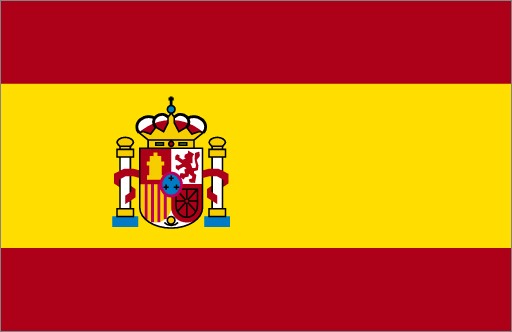A little over a month ago Cesar Moreno Bravo passed away, a great defender of world race walking, but above all a member of the IAAF Council who has always been dedicated to drafting the rules of race walking.
The writer has been bound to him by a deep friendship for more than 20 years; for this reason I thought of making public his records on one of the facts, the most controversial at the time, but which later, after his explanations, became an example to which the judges generally adapted over time: we are talking about the disputed arrival Osaka 2007 between Hatem Ghoula (TUN) and Francisco Javier Fernandez (ESP).
It was perhaps the first time on the occasion of a World event, that an athlete, who at the time had never suffered a disqualification (“Paquillo” Fernandez was always, together with Jefferson Perez, one of the reference models of race walking in the last 30 years), was canceled from the order of arrival due to a decision of the Chief Judge who had exercised his special power in the last 100m.
We all know that Spain then appealed and that the appeal was accepted and Fernandez was awarded the silver, while Ghoula had to content himself with the bronze.
It was not an easy choice and even the judging body had some divisions within its circles.
What Marcia dal Mondo is presenting today is the documentation that Cesar Moreno Bravo had proposed to the IAAF Council to provide the Jury of Appeal with all possible clarifications so that they could decide in the fairest way possible.
The following year, on the occasion of the Beijing 2008 Olympic Games, where Cesar Moreno Bravo was one of the Technical Delegates, he brought together the entire race-walking jury and presented a Power Point explaining so that, if possible, the events of the previous year Osaka did not happen again.
This documentation can be found in the "Techniques, Rules and Conventions" section, sub-section "Publications and reports on race walking" and finally by clicking on the drop-down menu, respectively, searching for the years: 2007 and 2008.

(versión en español)
Hace poco más de un mes falleció César Moreno Bravo, gran defensor de la marcha atlética mundial, pero sobre todo un miembro del Consejo de la IAAF que siempre se ha dedicado a redactar las reglas de la marcha atlética.
El escritor es unido de una profunda amistad desde hace más de 20 años; por eso pensé en hacer pública su obra sobre uno de los hechos, más controvertidos en su momento, pero que luego, tras sus explicaciones, se convirtió en un ejemplo al que los jueces en general se fueron adaptando con el tiempo: estamos hablando de la disputada llegada de Osaka 2007 entre Hatem Ghoula (TUN) y Francisco Javier Fernandez (ESP).
Era quizás la primera vez, con motivo de un evento mundial, que un atleta que en su momento nunca había sufrido una descalificación ("Paquillo" Fernández siempre estuvo, junto a Jefferson Pérez, uno de los modelos de referencia de la marcha atlética en los últimos 30 años), fue cancelada de la orden de llegada por una decisión del juez jefe que había ejercido su poder especial en los últimos 100m.
Todos sabemos que luego España apeló y que el recurso fue aceptado y Fernández se quedó con la plata, mientras que Ghoula se tuvo que darse por contento con el bronce.
No fue una elección fácil y incluso el cuerpo de jueces tenía algunas divisiones dentro de sus esferas.
Lo que Marcia dal Mondo presenta hoy es la documentación que César Moreno Bravo había propuesto al Consejo de la IAAF para facilitar al Jurado de Apelación todas las aclaraciones posibles para que decidiera de la forma más justa posible.
Al año siguiente, con motivo de los Juegos Olímpicos de Pekín 2008, donde César Moreno Bravo era uno de los Delegados Técnicos, reunió a todo el jurado de marcha y presentó un Power Point explicando para que, si es posible, los hechos del año anterior Osaka no volvió a pasar.
Esta documentación se puede encontrar en la sección "Techniques, Rules and Conventions", sub-sección "Publications and reports on race walking" y finalmente haciendo clic en el menú desplegable, respectivamente, buscando los años: 2007 y 2008.